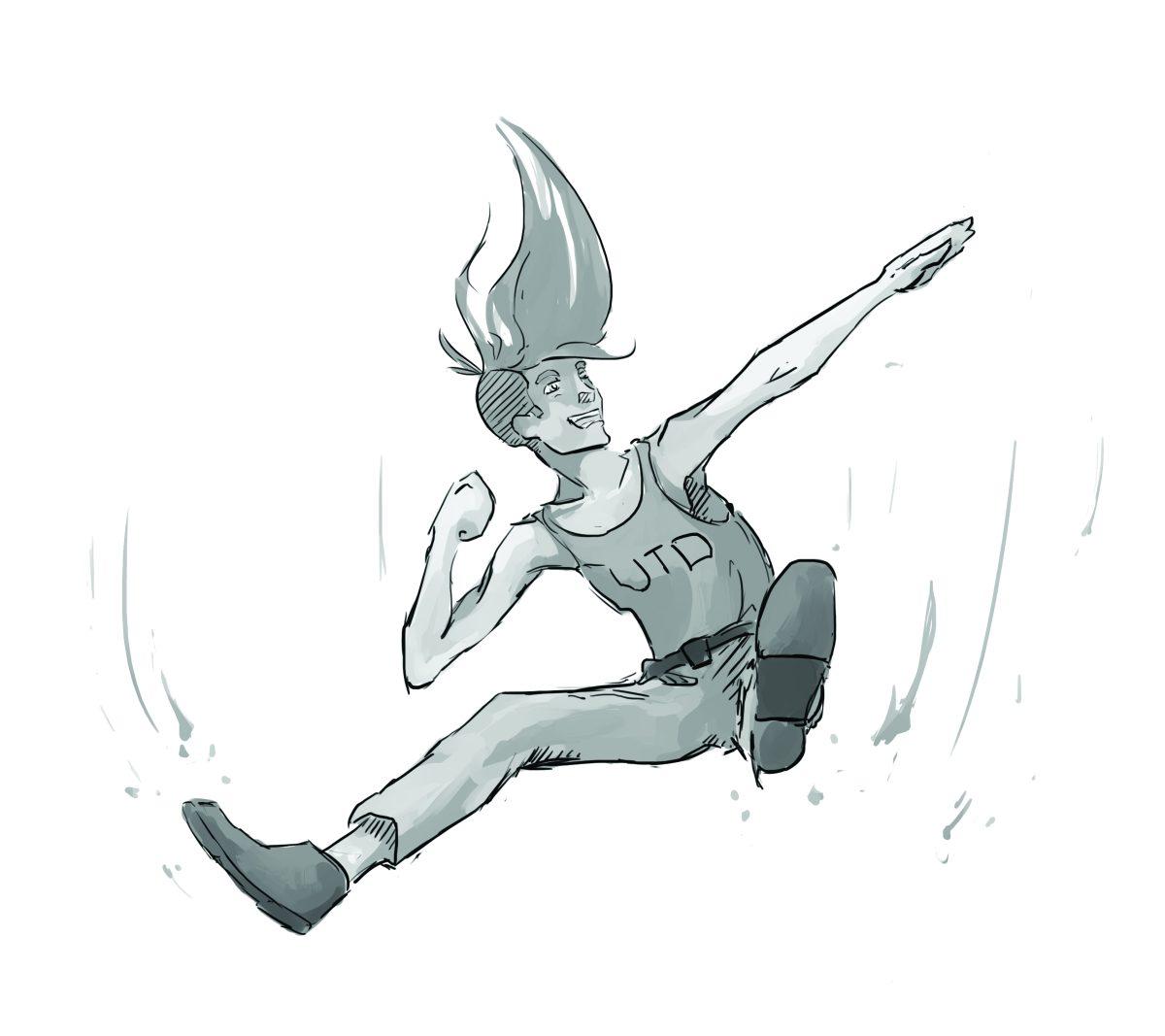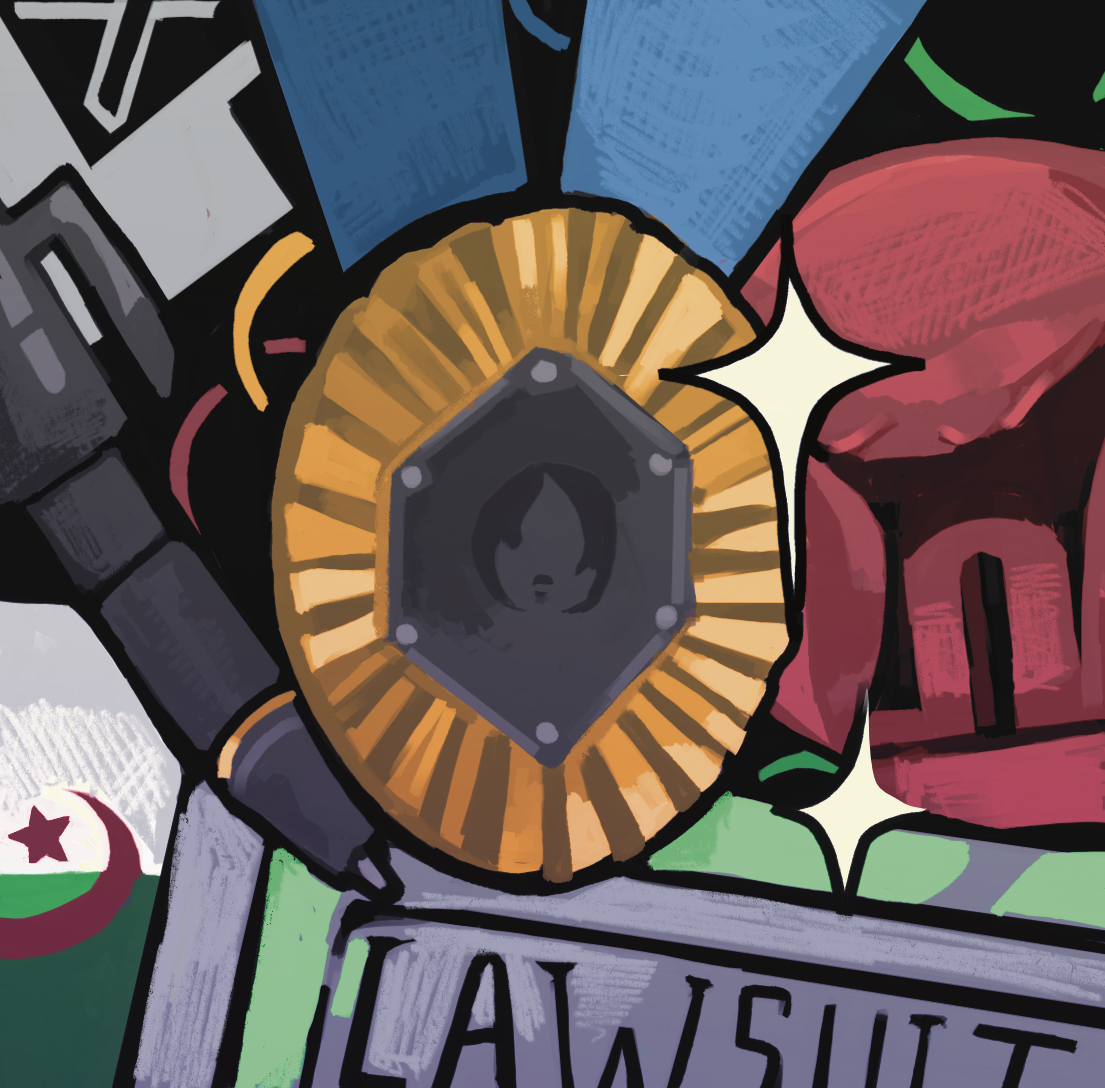With homecoming fresh on our minds, now is a great time to think about how we don’t give UTD enough credit for all that it offers us.
During homecoming, larger universities have football games and tailgates, and thousands of students and families participate in them. It’s easy to think about what we’re missing at UTD when we compare it to the immersive football cultures of other schools like Texas Tech or the University of Oklahoma. And it’s especially easy to forget how far we’ve come in building our own identity and traditions.
Homecoming week is a time that unites the campus and reminds us that UTD is still a school with unique quirks.
One distinct homecoming tradition is the float building and parade involving different organizations on campus. Although it is small, it’s a unique tradition that students have developed among themselves, and it encourages school spirit and diversity.
Students have grown more attached to this tradition, with the floats improving each year and a larger number of people coming out to the parade and tailgate than in previous years. Additionally, float building reflects the pride students have for their organization and school because of how much time and energy are expended to finish the floats.
These organizations also come out to the homecoming tailgate, which shows how many opportunities there are for students to get involved and have leadership experiences at UTD. This event really encouraged me to join organizations last year because I saw the many options available to me to make an impact on campus.
The members in the organizations were all extremely friendly and appeared to have a family-like vibe, which influenced my decision to get involved. The many organizations revealed there was a huge sense of inclusivity and acceptance on campus.
However, one tradition tends to stand out more than the others. From year-to-year, UTD has grown increasingly diverse, making this a tradition in and of itself. U.S. News actually ranked the university as one of the nation’s most diverse campuses, with 23 percent of the population coming from international backgrounds and the rest made up of 36 percent Anglo, 19 percent Asian American, 12 percent Hispanic and 10 percent African-American, multiracial, and Native American populations.
Diversity is extremely important on a college campus. It helps expose students to new cultures and backgrounds, which raises tolerance and education about one another and fosters a more welcoming atmosphere for students to thrive. Additionally, this variety I saw among organizations encouraged me to join them.
The distinctiveness on campus truly becomes visible at homecoming events. The fashion show presents participants of different ethnicities and backgrounds, and the parades include cultural and religious organizations present on campus. These organizations reveal their separate traditions, which all come together to form the overall tradition of the UTD student body — diversity.
The student population has grown 111 percent since 2000, jumping from 10,945 enrolled students to over 26,000 this year. Our traditions are certainly celebrated by more people, and since we are a fairly young university, we have the luxury of molding our traditions, improving them as we grow.
Although it’s easy to think about what we don’t have — a football team or Greek row — we must remember what we do have. We have a tight-knit community of students with traditions and a culture of our own, and homecoming brings them to the forefront.





